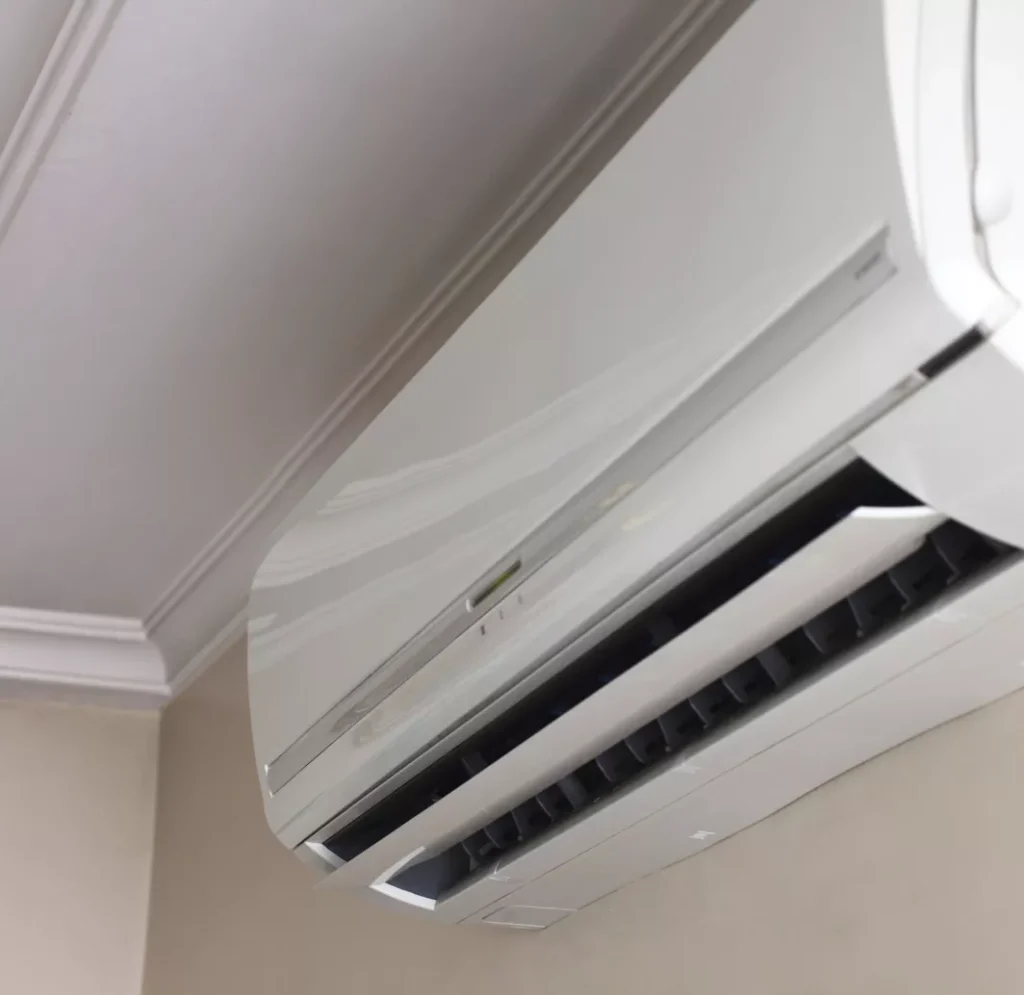Installing a mini split air conditioning AC system can be a game-changer when it comes to managing household energy consumption and significantly reducing monthly energy bills. These systems, also known as ductless mini splits, are known for their efficiency, flexibility, and energy-saving capabilities, making them an increasingly popular choice among homeowners looking to cut costs without compromising comfort. One of the primary reasons mini split AC systems are more energy-efficient than traditional central air systems is their ductless design. In a central air system, energy is often lost through ductwork due to leaks, poor insulation, or long duct runs. According to the U.S. Department of Energy, as much as 30% of energy used for air conditioning can be wasted through ducts. By eliminating this inefficiency, mini split systems ensure that more of the energy used for cooling directly impacts the temperature in your living space, maximizing effectiveness and minimizing waste. Another advantage of mini split AC units is their ability to provide zoned cooling. Instead of cooling an entire house when only a few rooms are in use, mini split systems allow users to control temperatures room by room.

This targeted approach reduces the energy required to maintain comfortable indoor conditions, especially in homes with varying occupancy or areas that are used less frequently. For instance, you can keep the living room cool during the day and shift focus to the bedroom at night, avoiding the unnecessary expense of cooling unused spaces. This level of customization not only enhances comfort but also leads to significant reductions in overall energy consumption. Mini split systems are also designed with inverter technology, which plays a vital role in reducing electricity usage. Unlike traditional AC units that turn on and off repeatedly to maintain the desired temperature, inverter-equipped mini splits adjust their compressor speed in real time based on cooling demands. This continuous operation at partial load uses less energy and avoids the energy surge typically required to restart the system, contributing to lower monthly energy bills. High SEER-rated systems may cost more upfront but offer substantial long-term savings due to their superior energy performance. In addition to cooling, mini split AC systems often provide heating capabilities through heat pump technology. Additionally, mini split air handlers include advanced filtration systems that improve overall air quality.
This dual function further enhances energy efficiency by offering a single system for year-round comfort, reducing the need for separate heating solutions during colder months. The ability to rely on one highly efficient unit for both heating and cooling simplifies energy management and keeps utility expenses in check. Lastly, with smart features and programmable thermostats, many modern mini split systems allow users to optimize energy use even further. You can schedule operations, control temperatures remotely via smartphone apps, and monitor energy usage patterns to make informed adjustments. Installing a mini split ac system offers multiple pathways to lower your monthly energy bills through ductless efficiency, zoned cooling, inverter-driven performance, dual heating and cooling capabilities, and smart controls making it a smart, cost-effective choice for energy-conscious homeowners. Cleaner air means less airborne particulate matter, which can contribute to indoor humidity issues by harboring mold spores and allergens. Better filtration combined with precise temperature and humidity control enhances comfort and promotes a healthier indoor atmosphere.
